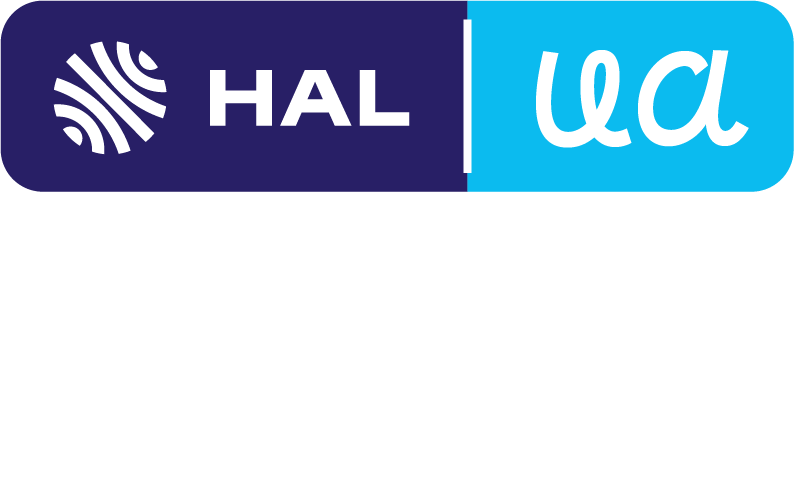NMR-Based Method for Intramolecular 13 C Distribution at Natural Abundance Adapted to Small Amounts of Glucose
Résumé
Quantitative nuclear magnetic resonance (NMR) for isotopicmeasurements,known as irm-NMR (isotope ratio measured by NMR), is well suited forthe quantitation of C-13-isotopomers in position-specificisotope analysis and thus for measuring the carbon isotope composition(& delta;C-13, mUr) in C-atom positions. Irm-NMR has alreadybeen used with glucose after derivatization to study sugar metabolismin plants. However, up to now, irm-NMR has exploited a "single-pulse"sequence and requires a relatively large amount of material and longexperimental time, precluding many applications with biological tissuesor extracts. To reduce the required amount of sample, we investigatedthe use of 2D-NMR analysis. We adapted and optimized the NMR sequenceso as to be able to analyze a small amount (10 mg) of a glucose derivative(diacetonide glucofuranose, DAGF) with a precision better than 1 mUrat each C-atom position. We also set up a method to correct raw dataand express C-13 abundance on the usual & delta;C-13 scale (& delta;-scale). In fact, due to the distortion associatedwith polarization transfer and spin manipulation during 2D-NMR analyses,raw C-13 abundance is found to be on an unusual scale. Thiswas compensated for by a correction factor obtained via comparativeanalysis of a reference material (commercial DAGF) using both previous(single-pulse) and new (2D) sequences. Glucose from different biologicalorigins (CO2 assimilation metabolisms of plants, namely,C-3, C-4, and CAM) was analyzed with the two sequencesand compared. Validation criteria such as selectivity, limit of quantification,precision, trueness, and robustness are discussed, including in theframework of green analytical chemistry.
